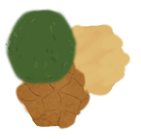1
SFML projects / Re: This Grand Life
« on: October 24, 2017, 04:03:04 am »
Thanks binary1248, I'll have a look into disabling the refresh!
This section allows you to view all posts made by this member. Note that you can only see posts made in areas you currently have access to.

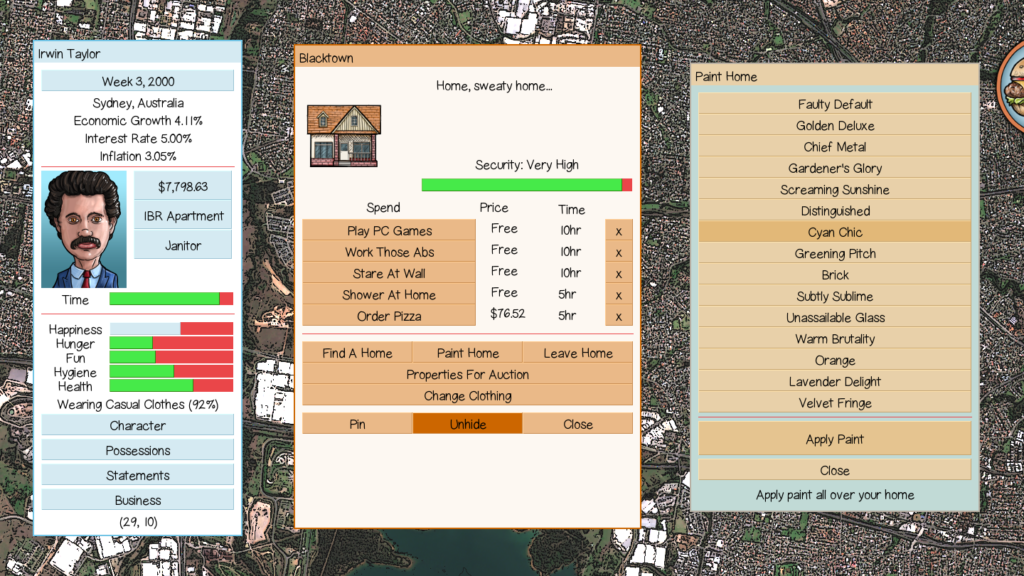
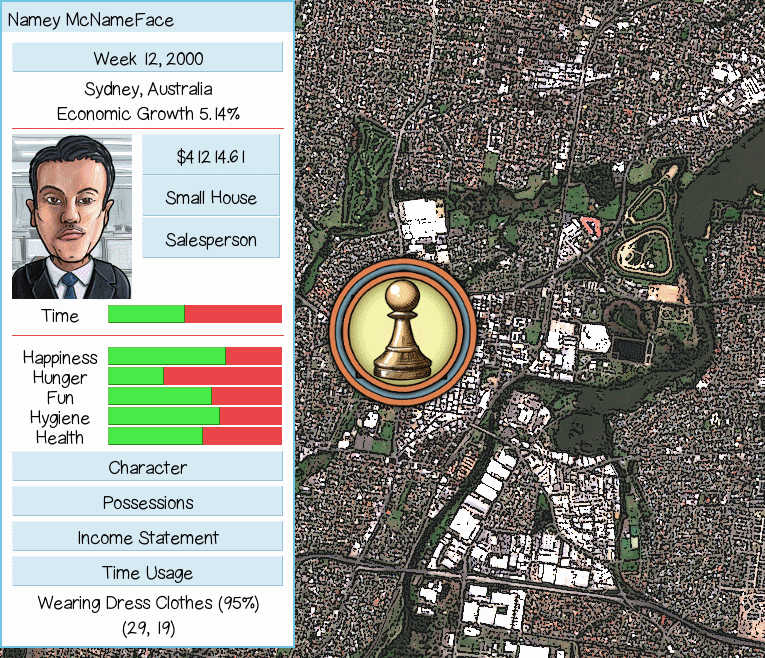
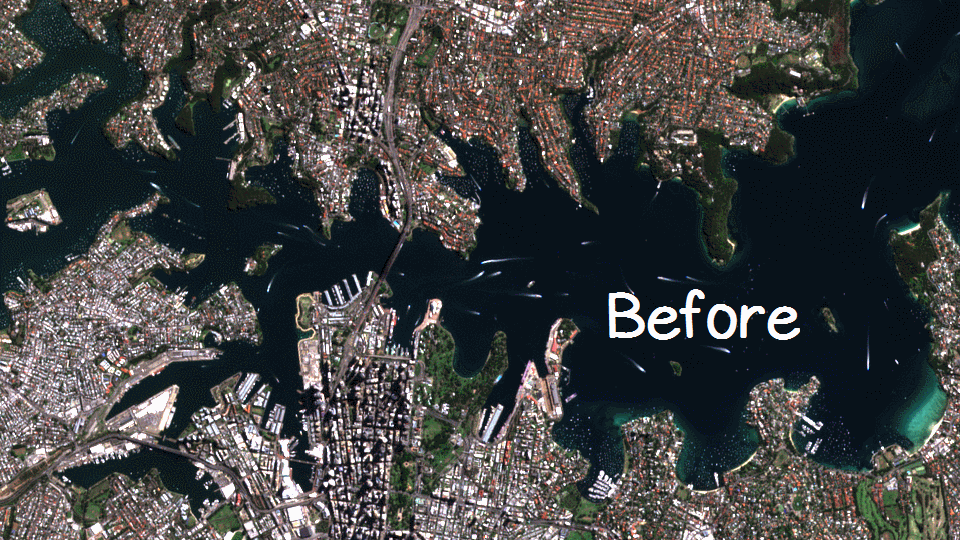

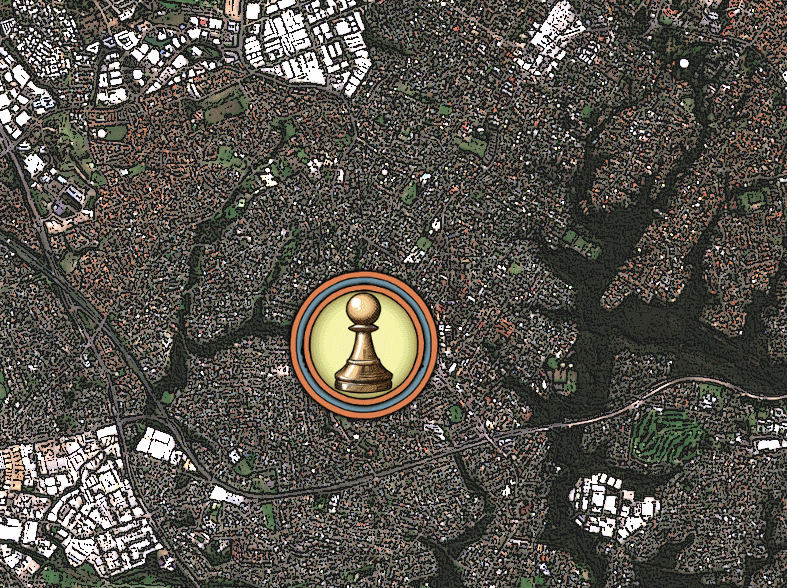

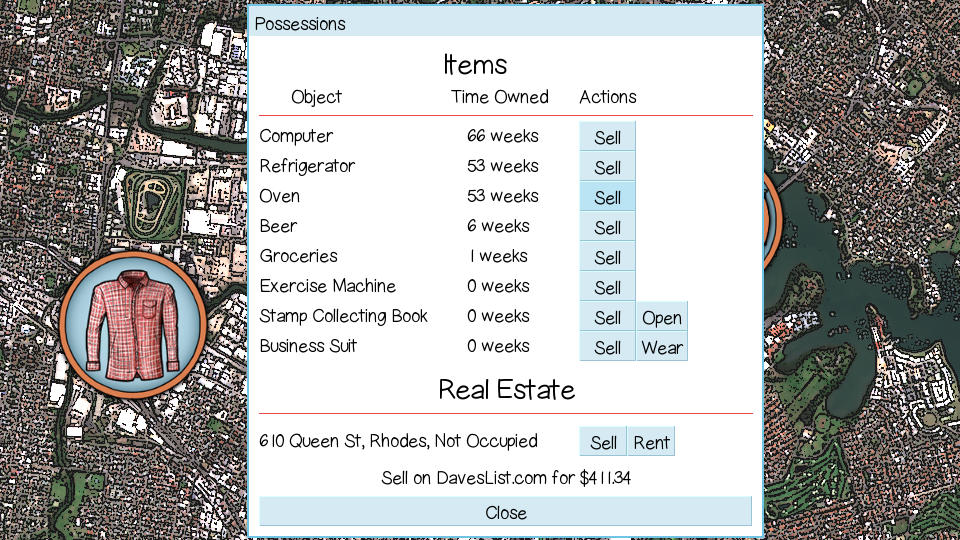
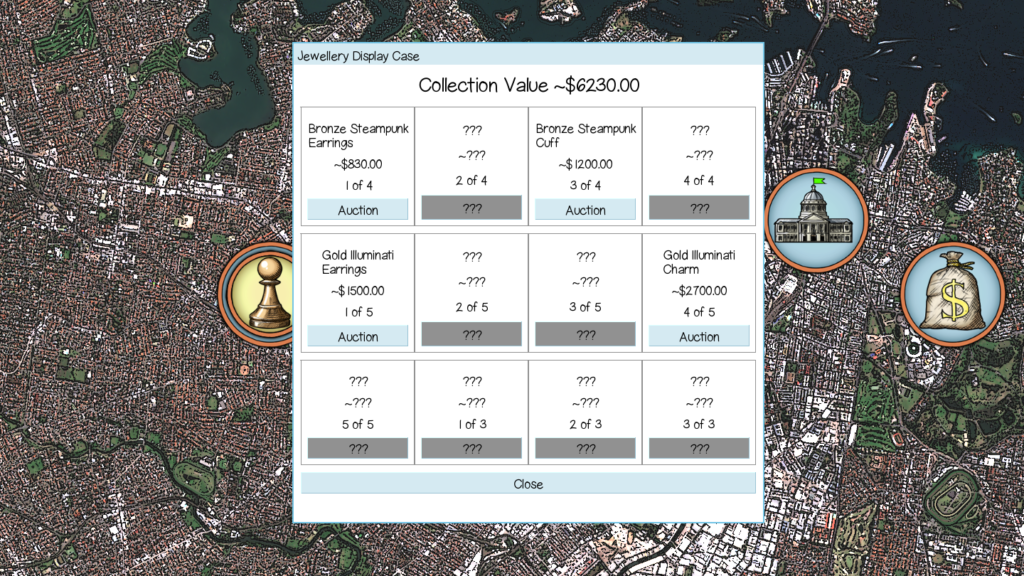

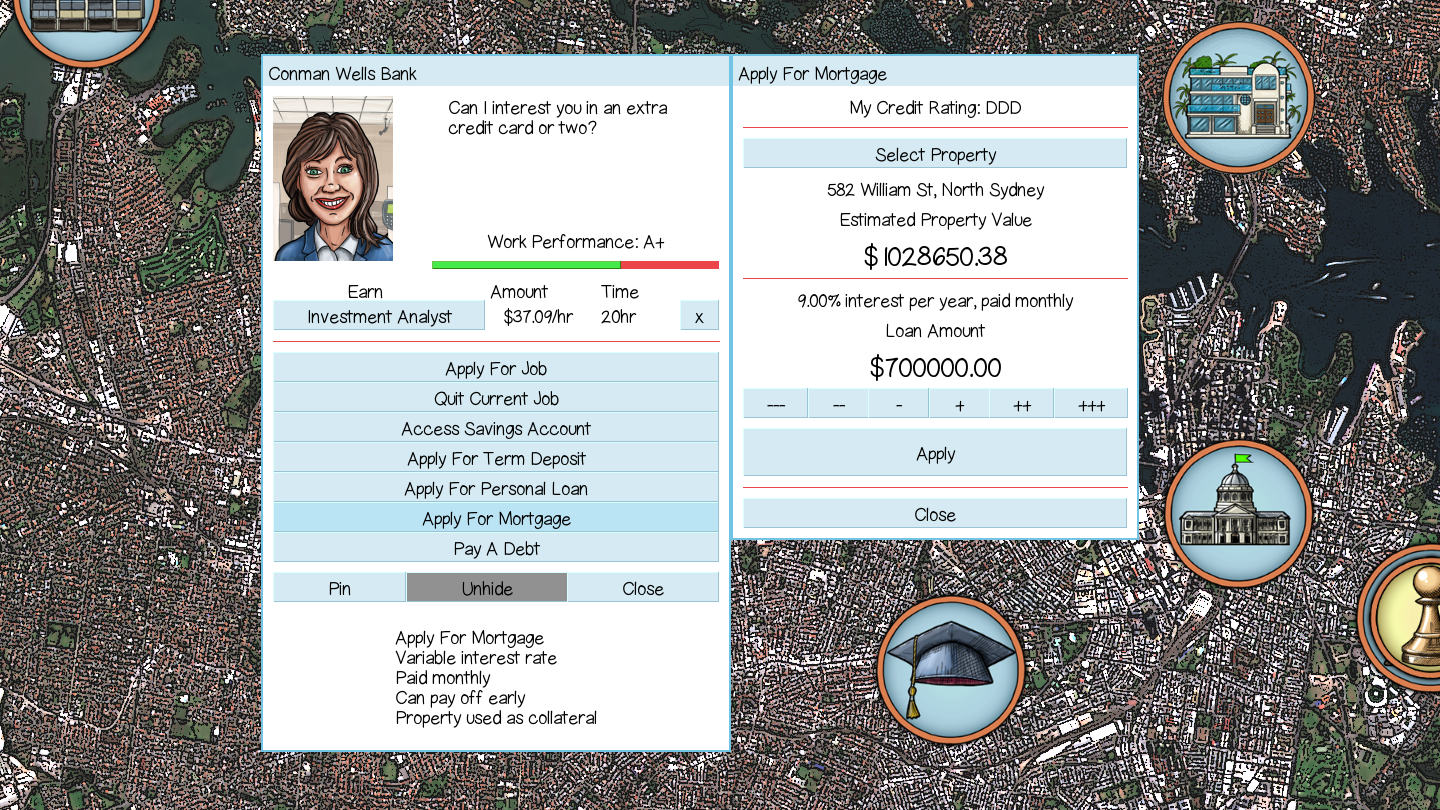
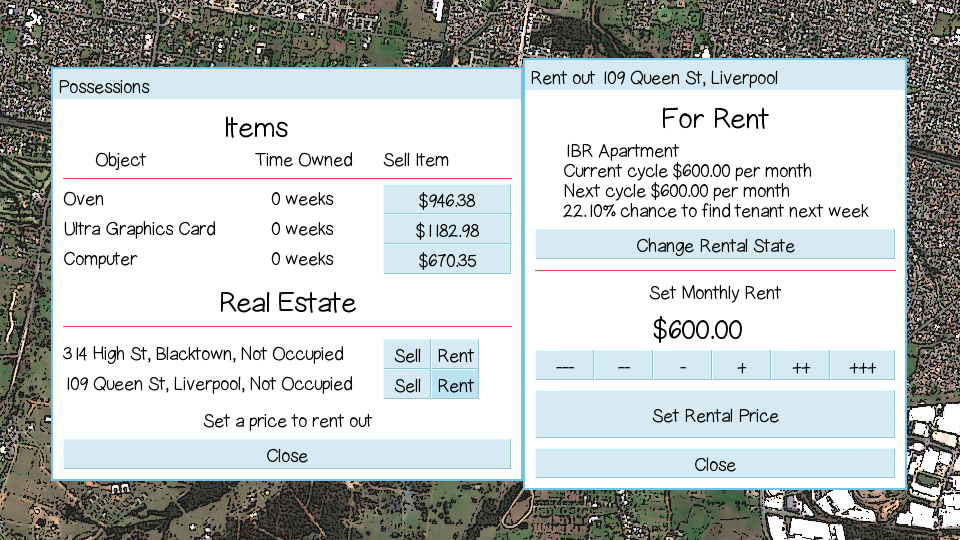



std::vector<sfg::Window::Ptr> m_allWindows;
std::vector<sfg::Window::Ptr> m_hiddenWindows; //For storing which ones were visible
void HideAllVisibleWindows()
{
std::vector<sfg::Window::Ptr>::iterator itW = m_allWindows.begin();
while(itW != m_allWindows.end())
{
if((*itW)->IsGloballyVisible())
{
(*itW)->Show(false);
m_hiddenWindows.push_back(*itW);
}
++itW;
}
}
void ShowAllVisibleWindows()
{
std::vector<sfg::Window::Ptr>::iterator itW = m_hiddenWindows.begin();
while(itW != m_hiddenWindows.end())
{
(*itW)->Show(true);
++itW;
}
m_hiddenWindows.clear();
}
WidgetsList m_hidden;
void HideDesktop(){
WidgetsList::iterator itD = m_children.begin();
while(itD != m_children.end()){
if((*itD)->IsGloballyVisible()){ //if currently visible, hide it
m_hidden.push_back(*itD);
(*itD)->Show(false);
}
++itD;
}
}
void ShowDesktop(){
WidgetsList::iterator itD = m_children.begin();
while(itD != m_children.end()){
WidgetsList::iterator itW = m_hidden.begin();
while(itW != m_hidden.end()){
if(*itD == *itW){ //If found in hidden list
(*itD)->Show(true);
}
}
++itD;
}
m_hidden.clear(); //All showing so none should be hidden
}
#include <SFGUI/SFGUI.hpp>
#include <SFGUI/Widgets.hpp>
#include <SFML/Graphics.hpp>
#include <sstream>
class DesktopExample {
public:
DesktopExample();
void Run();
private:
static const unsigned int SCREEN_WIDTH;
static const unsigned int SCREEN_HEIGHT;
void OnCreateWindowClick();
void OnDestroyWindowClick();
void OnFrontClick();
// Create an SFGUI. This is required before doing anything with SFGUI.
sfg::SFGUI m_sfgui;
sfg::Desktop m_desktop;
sfg::Desktop m_desktop2;
sfg::Window::Ptr m_window;
unsigned int m_count;
bool m_is_second;
};
const unsigned int DesktopExample::SCREEN_WIDTH = 800;
const unsigned int DesktopExample::SCREEN_HEIGHT = 600;
int main() {
DesktopExample app;
app.Run();
return 0;
}
DesktopExample::DesktopExample() :
m_desktop(),
m_desktop2(),
m_window( sfg::Window::Create() ),
m_count( 0 ),
m_is_second(false)
{
}
void DesktopExample::Run() {
sf::RenderWindow render_window( sf::VideoMode( SCREEN_WIDTH, SCREEN_HEIGHT ), "SFGUI Desktop Example" );
sf::Event event;
// We have to do this because we don't use SFML to draw.
render_window.resetGLStates();
// Init.
m_desktop.SetProperty( "Button#create_window", "FontSize", 18.f );
//// Main window ////
// Widgets.
m_window->SetTitle( "SFGUI Desktop Example" );
auto intro_label = sfg::Label::Create( "Click on \"Create window\" to create any number of new windows." );
auto create_window_button = sfg::Button::Create( "Create window" );
create_window_button->SetId( "create_window" );
// Layout.
auto main_box = sfg::Box::Create( sfg::Box::Orientation::VERTICAL, 5.f );
main_box->Pack( intro_label, false );
main_box->Pack( create_window_button, false );
m_window->Add( main_box );
m_desktop.Add( m_window );
// Signals.
create_window_button->GetSignal( sfg::Widget::OnLeftClick ).Connect( std::bind( &DesktopExample::OnCreateWindowClick, this ) );
while( render_window.isOpen() ) {
while( render_window.pollEvent( event ) ) {
if(
(event.type == sf::Event::Closed) ||
(event.type == sf::Event::KeyPressed && event.key.code == sf::Keyboard::Escape)
) {
render_window.close();
}
else {
if(m_is_second){
m_desktop2.HandleEvent( event );
}
else
{
m_desktop.HandleEvent( event );
}
}
}
m_desktop2.Update( 0.f );
m_desktop.Update( 0.f );
render_window.clear();
m_sfgui.Display( render_window );
render_window.display();
}
}
void DesktopExample::OnCreateWindowClick() {
++m_count;
m_is_second = true;
// Create a new window.
auto window = sfg::Window::Create();
std::stringstream sstr;
sstr << "A new window (" << m_count << ")";
window->SetTitle( sstr.str() );
// Widgets.
auto destroy_button = sfg::Button::Create( "Destroy" );
auto front_button = sfg::Button::Create( "Main window to front" );
// Layout.
auto box = sfg::Box::Create( sfg::Box::Orientation::VERTICAL, 5.f );
box->Pack( sfg::Label::Create( "This is a newly created window, from runtime, interactively." ), false );
box->Pack( sfg::Label::Create( "You can move me around, try it!" ), false );
box->Pack( sfg::Label::Create( "Or click the button below to destroy me. :-(" ), false );
box->Pack( destroy_button, false );
box->Pack( front_button, false );
window->Add( box );
m_desktop2.Add( window );
// Signals.
destroy_button->GetSignal( sfg::Widget::OnLeftClick ).Connect( std::bind( &DesktopExample::OnDestroyWindowClick, this ) );
front_button->GetSignal( sfg::Widget::OnLeftClick ).Connect( std::bind( &DesktopExample::OnFrontClick, this ) );
}
void DesktopExample::OnDestroyWindowClick() {
m_is_second = false;
// Obtain parent window.
auto widget = sfg::Context::Get().GetActiveWidget();
while( widget->GetName() != "Window" ) {
widget = widget->GetParent();
}
// Remove window from desktop.
m_desktop2.Remove( widget );
}
void DesktopExample::OnFrontClick() {
m_desktop.BringToFront( m_window );
}
if(m_is_second){
m_desktop2.HandleEvent( event );
}
else
{
m_desktop.HandleEvent( event );
}
